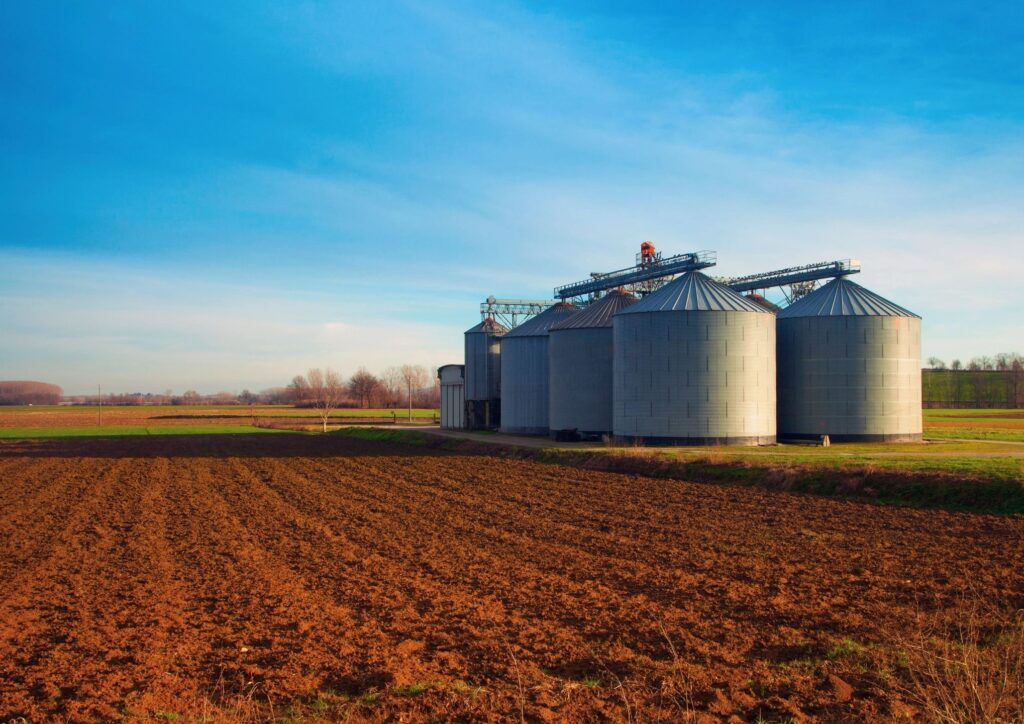New fertilizer guide for field crops


New fertilizer guide for field crops
By Alayna DeMartini
COLUMBUS, Ohio—Farmers in Ohio, Indiana, and Michigan now have a new guide for creating fertile ground for their corn, soybean, wheat, and alfalfa crops.
Working with a team of soil scientists and agronomists from across Ohio, Indiana, and Michigan, Steve Culman, a soil fertility specialist with The Ohio State University College of Food, Agricultural, and Environmental Sciences (CFAES), led the effort to revise a 1995 guide for fertilizing field crops.
The free and newly revised Tri-State Fertilizer Recommendations for Corn, Soybeans, Wheat, and Alfalfa offers guidelines for how much nitrogen, phosphorus, potassium, calcium, magnesium, sulfur, and micronutrients soil should have to spur high crop yields without jeopardizing water quality.
“If everyone follows this document, we will have better water quality,” Culman said. “There’s no doubt in my mind about that.”
Both nitrogen and phosphorus can flow off agricultural fields with rainwater and contribute to the formation of algal blooms and low-oxygen “dead zones” downstream. Whether phosphorus runs off a field has less to do with the amount of phosphorus applied and more to do with how it is applied, Culman said.
If phosphorus is incorporated with the soil instead of placed on the surface, and if the nutrients are applied to a field with a growing crop and not tilled, that will reduce the odds of that phosphorus flowing off the field.
Some of the recommendations in the revised Tri-State guide changed little from those made in the original guide published in 1995. The biggest changes were made to the recommended potassium and nitrogen levels. The new recommended rates for nitrogen are intended to increase farmers’ profits by taking into account both the price of that fertilizer as well as the expected earnings from selling the grain produced.
“Even though there are no drastic changes, it’s still really important for us to have confidence in the recommendations we are providing,” Culman said.
That confidence comes from six years of research done from 2014 to 2019 in fields in Ohio, Michigan, and Indiana, testing nutrient levels best for corn, soybeans, and wheat.
“We know today that the 1995 recommendations weren’t too far off,” said Harold Watters, an agronomy field specialist with CFAES.
“The biggest and most surprising fact we saw from the work is that crops today are more efficient at producing a bushel of grain with less nutrients than they were in the past.”
For a link to the website providing a summary of the guide’s recommendations, visit go.osu.edu/fert-recs. A hard copy of the full published guide will be available soon from Ohio State University Extension Publications’ store(extensionpubs.osu.edu).








